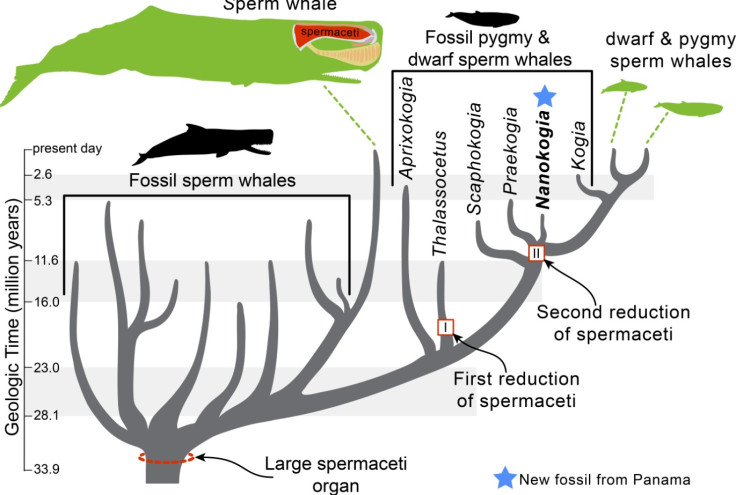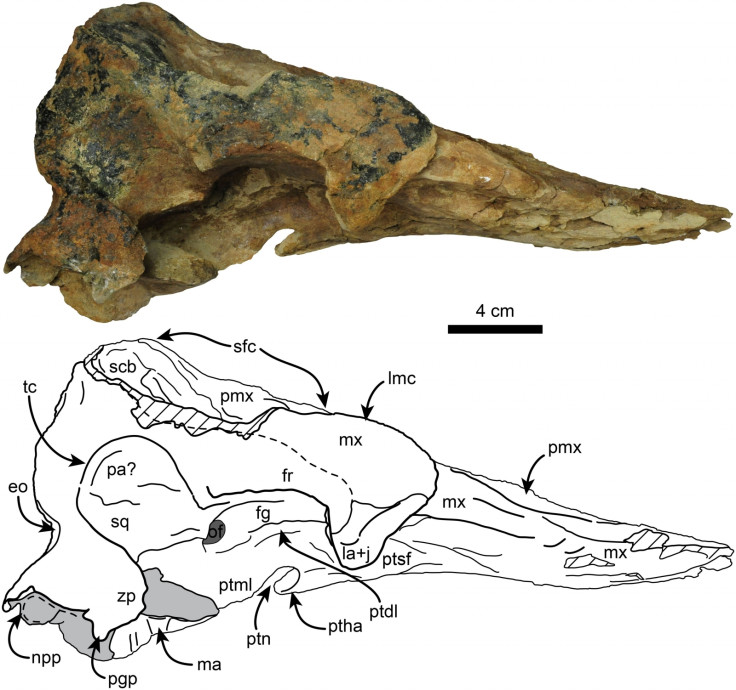Nanokogia isthmia: Moby Dick's extinct pigmy cousin discovered in Panama

A long lost cousin of Moby Dick has been discovered in Panama – an extinct species of pigmy whale called Nanokogia isthmia.
Sperm whales fascinate scientists because they are able to dive to great depths and have a remarkable sense of echolocation.
Publishing their findings in the journal PLOS One, scientists from the Natural History Museum of Los Angeles have now identified an extinct species that helps fill in some evolutionary gaps about the family's history.
Living species of pigmy and dwarf sperm whales normally measure between eight and 12ft long. In comparison, adult male sperm whales can grow up to 52ft.
However, a very limited fossil record of sperm whales and their relations means how they evolved has remained a mystery.
The latest species – of which two skulls were found – was discovered at a sea cliff along the Caribbean coast of Panama. Rock layers date it to about seven million years ago.

Analysis showed it had an unexpected level of complexity in the evolution of spermaceti – an organ in the head that plays a key role in the generation of sound and its ability to echolocate.
Findings also revealed at one time, these mini sperm whales had a far larger spermaceti that got downsized at least twice during its evolutionary history – which would eventually give rise to modern pigmy and dwarf sperm whales.
The reason for this shrinkage is unknown and scientists say they will need to find a more complete skeleton to explain it.
Study leader Jorge Velez-Juarbe said: "The new discovery gives us a better understanding of the ancient distribution of these poorly known relatives of the sperm whale.
"Previously we knew of similarly aged pigmy and dwarf whales from Baja California and Peru, but this new fossil fills in an important geographic gap in the group's ancient distribution."
© Copyright IBTimes 2025. All rights reserved.






















